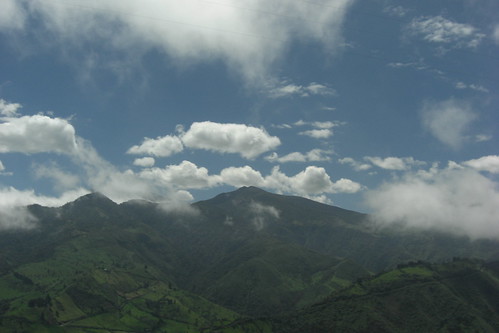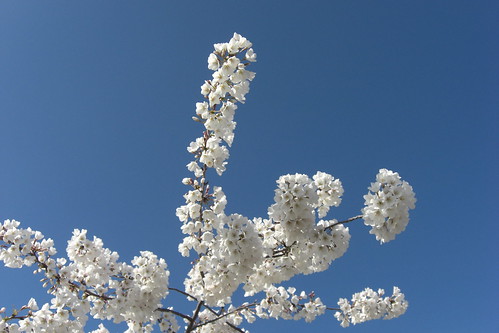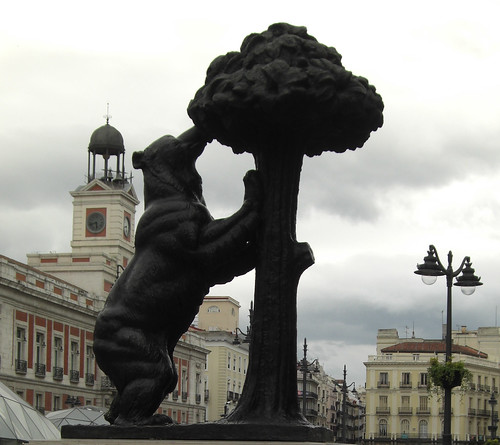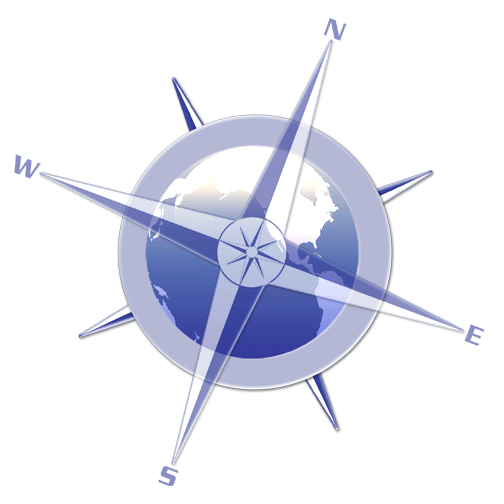Every year between mid-March and mid-April, the Tidal Basin area of Washington, D.C., is bathed in soft white blossoms of the cherry trees. The cherry trees were a gift from the Japanese mayor of Tokyo Yukio Ozaki to the city of Washington, D.C., in 1912 to honor the relationship between the two countries.
 |
| Tokyo Mayor Yukio Ozaki, image courtesy of the BBC. |
 |
| First batch of trees in 1910 that had to be destroyed due to disease. Image courtesy of the BBC. |
The first shipment of 2,000 cherry trees arrived in 1910, but had become diseased en route and had to be destroyed. However, with additional coordination between the Japanese and American governments and the efforts of Dr. Jokichi Takamine (famous chemist and founder of Sankyo Co., Ltd., today known as Daiichi Sankyo), Dr. David Fairchild of the U.S. Department of Agriculture, Ms. Scidmore, and First Lady Taft, more than 3,000 new, healthy cherry trees arrived in 1912. On March 27, 1912, First Lady Taft and the wife of the Japanese ambassador (Viscountess Chinda) planted the first two trees on the north bank of Tidal Basin along the Potomac River.
The cherry trees and their gorgeous white blossoms became popular among D.C. residents and visitors, and in 1934, the city commissioners sponsored a 3-day festival of the blossoming trees. This later grew into the annual Cherry Blossom Festival. The trees remain an important symbol of the relationship between the United States and Japan. In 1915, the U.S. government reciprocated the gift by sending Japan flowering dogwood trees. After World War II, cuttings from Washington,, D.C.'s cherry trees were sent back to Japan to restore the Tokyo cherry trees that were destroyed by American bombing campaigns during the war. In 1981, more cherry tree cuttings were given to Japanese horticulturists to help replace some of the cherry trees destroyed by a flood in Japan. Today, the annual Cherry Blossom Festival spans four weekends between mid-March and mid-April and more than 1.5 million visitors come to view the results of the gift from a century before. For more information on the history of the cherry blossoms in Washington, D.C,, check out the Festival's official webpage and the History Channel's profile.
Although the festival takes place over several spring weekends, the blooming of the delicate blossoms can be fickle and difficult to predict. To help out with timing a visit, the National Parks Service even has the "Blossom Cam," a camera of the Tidal Basin area where you can check in on the blossoms' progress blooming.
Today however, the blossoms were definitely in their peak. Along with some friends from law school, I joined the crowds along Tidal Basin to walk beneath the shade of the cherry trees and marvel at their soft white blossoms filtering the sunlight.















 6:30 PM
6:30 PM
 J-Mad
J-Mad

 Posted in:
Posted in: 
